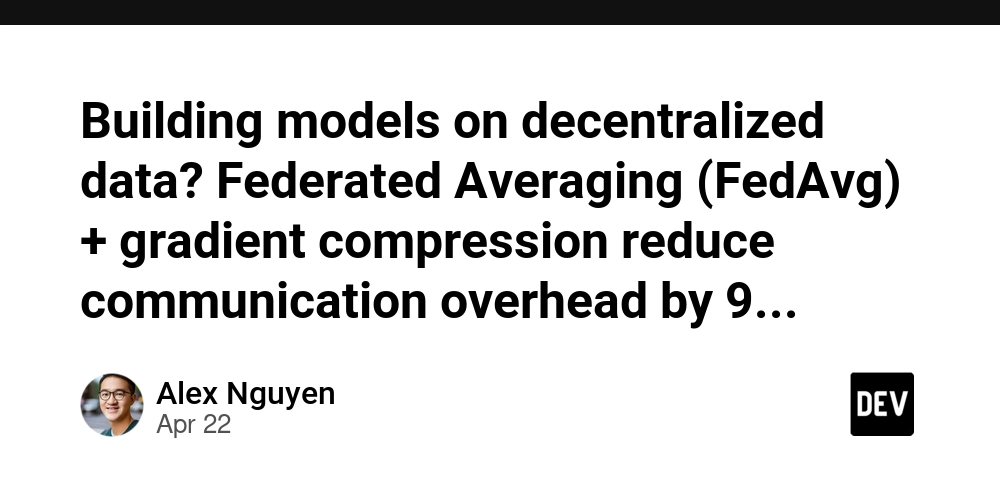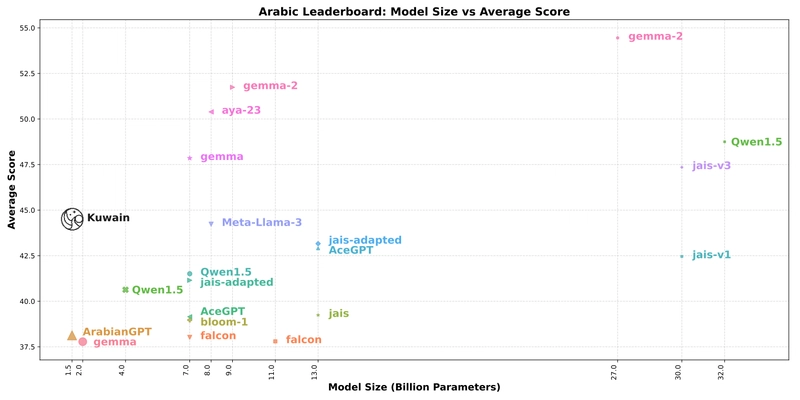Measuring JavaScript Cold Start and Runtime Performance
Measuring JavaScript Cold Start and Runtime Performance When it comes to web applications, performance is pivotal. Among various factors affecting user experience, the cold start and runtime performance of JavaScript code take center stage. Building efficient applications often involves measuring these performance metrics and optimizing for them. This guide offers an exhaustive exploration of measuring JavaScript cold start and runtime performance, delving into historical contexts, advanced coding strategies, performance considerations, potential pitfalls, and more. 1. Historical and Technical Context To understand cold start and runtime performance, it is important to consider the evolution of JavaScript and how its execution context impacts performance metrics. JavaScript was designed in 1995 by Brendan Eich, primarily to enable dynamic interaction in web browsers. Over time, JavaScript engines, such as V8 (Chrome) and SpiderMonkey (Firefox), have undergone rigorous optimization to make execution faster. Cold Start Performance: When we speak of cold start performance, we refer to the time it takes for the JavaScript runtime environment to initiate execution. This includes: Loading scripts Parsing and compiling them Executing initial portions of code (often denoted as the ‘bootstrapping’ phase). Drivers of cold start performance include network latency, the overhead of the JavaScript engine, and parsing costs incurred by large bundles. Runtime Performance: Runtime performance focuses on how efficiently JavaScript executes after the initial bootstrapping phase, measured in terms of resource utilization (CPU, memory), execution time of scripts, and the responsiveness of the application to user interactions. 2. Measuring JavaScript Cold Start and Runtime Performance 2.1 Tools and Techniques Historically, developers have relied on various browser developer tools or external libraries to measure performance metrics. Here's an overview of some key tools: Browser Developer Tools: All modern browsers ship with built-in performance profiling tools. Tools like Chrome's Performance tab allow developers to capture a performance profile, showing the call stack, the execution context, and the time spent in various execution paths. // Example of capturing the performance metrics in Chrome. console.time('coldStart'); // Run some code... console.timeEnd('coldStart'); Performance API: The browser's Performance API provides the performance.now() method, which gives a precise timestamp for measuring intervals around code execution, offering high-resolution timestamps. const start = performance.now(); // code to measure const end = performance.now(); console.log(`Execution time: ${end - start} milliseconds.`); Frameworks and Libraries: Tools like Lighthouse, a Google-backed open-source tool for improving the quality of web pages, can also help diagnose performance-related issues. 2.2 Measuring Cold Start Time Cold start time can primarily be measured through the initial loading of scripts. Here's a real-world example of exploring cold start time with Webpack – a commonly used bundler for modular JavaScript applications. // webpack.config.js module.exports = { mode: 'production', entry: './src/index.js', output: { filename: 'bundle.js', path: __dirname + '/dist', }, performance: { hints: false, }, optimization: { splitChunks: { chunks: 'all', }, }, }; Run the script and monitor the initial load time in Chrome DevTools. 3. Advanced Scenarios and Edge Cases Performance measurements become complex in scenarios like: Single Page Applications (SPAs): While transitioning between views, how does the performance suffer with lazy-loaded components? // Fetching modules in a lazy manner for a popular SPAs const loadComponent = async () => { const component = await import(/* webpackChunkName: "myComponent" */ './MyComponent'); return component.default; }; console.time('lazyLoad'); loadComponent().then(() => console.timeEnd('lazyLoad')); Asynchronous Operations: Leveraging async/await can significantly affect runtime performance. Consider this practical example using Promise.race() to manage API calls. const fetchData = async () => { console.time('fetchData'); const dataPromise = fetch('https://api.example.com/data'); const timeoutPromise = new Promise((_, reject) => setTimeout(() => reject(new Error('Request timed out')), 5000) ); try { await Promise.race([dataPromise, timeoutPromise]); console.timeEnd('fetchData'); } catch (error) { console.error(error); } }; 4. Comparison with Alternative Approaches While traditional performance measurements often rely on direct timing, employing libraries like web-vitals to measure and benchmark crucial metri

Measuring JavaScript Cold Start and Runtime Performance
When it comes to web applications, performance is pivotal. Among various factors affecting user experience, the cold start and runtime performance of JavaScript code take center stage. Building efficient applications often involves measuring these performance metrics and optimizing for them. This guide offers an exhaustive exploration of measuring JavaScript cold start and runtime performance, delving into historical contexts, advanced coding strategies, performance considerations, potential pitfalls, and more.
1. Historical and Technical Context
To understand cold start and runtime performance, it is important to consider the evolution of JavaScript and how its execution context impacts performance metrics. JavaScript was designed in 1995 by Brendan Eich, primarily to enable dynamic interaction in web browsers. Over time, JavaScript engines, such as V8 (Chrome) and SpiderMonkey (Firefox), have undergone rigorous optimization to make execution faster.
Cold Start Performance:
When we speak of cold start performance, we refer to the time it takes for the JavaScript runtime environment to initiate execution. This includes:
- Loading scripts
- Parsing and compiling them
- Executing initial portions of code (often denoted as the ‘bootstrapping’ phase).
Drivers of cold start performance include network latency, the overhead of the JavaScript engine, and parsing costs incurred by large bundles.
Runtime Performance:
Runtime performance focuses on how efficiently JavaScript executes after the initial bootstrapping phase, measured in terms of resource utilization (CPU, memory), execution time of scripts, and the responsiveness of the application to user interactions.
2. Measuring JavaScript Cold Start and Runtime Performance
2.1 Tools and Techniques
Historically, developers have relied on various browser developer tools or external libraries to measure performance metrics. Here's an overview of some key tools:
- Browser Developer Tools: All modern browsers ship with built-in performance profiling tools. Tools like Chrome's Performance tab allow developers to capture a performance profile, showing the call stack, the execution context, and the time spent in various execution paths.
// Example of capturing the performance metrics in Chrome.
console.time('coldStart');
// Run some code...
console.timeEnd('coldStart');
-
Performance API: The browser's Performance API provides the
performance.now()method, which gives a precise timestamp for measuring intervals around code execution, offering high-resolution timestamps.
const start = performance.now();
// code to measure
const end = performance.now();
console.log(`Execution time: ${end - start} milliseconds.`);
- Frameworks and Libraries: Tools like Lighthouse, a Google-backed open-source tool for improving the quality of web pages, can also help diagnose performance-related issues.
2.2 Measuring Cold Start Time
Cold start time can primarily be measured through the initial loading of scripts. Here's a real-world example of exploring cold start time with Webpack – a commonly used bundler for modular JavaScript applications.
// webpack.config.js
module.exports = {
mode: 'production',
entry: './src/index.js',
output: {
filename: 'bundle.js',
path: __dirname + '/dist',
},
performance: {
hints: false,
},
optimization: {
splitChunks: {
chunks: 'all',
},
},
};
Run the script and monitor the initial load time in Chrome DevTools.
3. Advanced Scenarios and Edge Cases
Performance measurements become complex in scenarios like:
- Single Page Applications (SPAs): While transitioning between views, how does the performance suffer with lazy-loaded components?
// Fetching modules in a lazy manner for a popular SPAs
const loadComponent = async () => {
const component = await import(/* webpackChunkName: "myComponent" */ './MyComponent');
return component.default;
};
console.time('lazyLoad');
loadComponent().then(() => console.timeEnd('lazyLoad'));
-
Asynchronous Operations: Leveraging async/await can significantly affect runtime performance. Consider this practical example using
Promise.race()to manage API calls.
const fetchData = async () => {
console.time('fetchData');
const dataPromise = fetch('https://api.example.com/data');
const timeoutPromise = new Promise((_, reject) =>
setTimeout(() => reject(new Error('Request timed out')), 5000)
);
try {
await Promise.race([dataPromise, timeoutPromise]);
console.timeEnd('fetchData');
} catch (error) {
console.error(error);
}
};
4. Comparison with Alternative Approaches
While traditional performance measurements often rely on direct timing, employing libraries like web-vitals to measure and benchmark crucial metrics can offer a richer perspective. Web Vitals measures essential user-centric performance metrics, such as Largest Contentful Paint (LCP) and First Input Delay (FID), which are invaluable in modern web applications.
import { getFCP, getCLS } from 'web-vitals';
getFCP(metric => {
console.log(metric);
});
5. Real-World Use Cases
In industry-standard applications, companies like Google, Facebook, and Netflix prioritize performance metrics. For example, Google prioritizes LCP results, impacting SEO rankings. Netflix employs various strategies to pre-load content, where measuring cold start and runtime performance becomes crucial in determining the user experience.
6. Performance Considerations and Optimization Strategies
6.1 Bundle Optimization
Utilizing code splitting and tree-shaking can significantly reduce cold start times, as they minimize the initial payload sent to the client.
// Create a separate entry point for specific routes rather than a single bundle.
6.2 Delivery Optimization
Using Content Delivery Networks (CDNs) can drastically reduce latency by serving the JavaScript bundles from geographically closer servers.
6.3 Progressive Loading
Implementing progressive enhancement strategies, such as loading essential JavaScript first and deferring less essential scripts, allows a faster initial render.
7. Potential Pitfalls
Inefficient Profiling: Measuring performance without isolating specific components can lead to misleading results. Developers should ensure that profiling queries and conditions are controlled and consistent.
Over-Optimization: Aggressively optimizing for performance might lead to complex and less maintainable code. A balance is essential.
8. Advanced Debugging Techniques
- Chrome DevTools Protocol: You can programmatically control Chrome with the DevTools protocol for precise measurements. A powerful way to gather insights into cold starts.
- Heap Snapshots: Comparing memory usage before and after execution to track down memory leaks that might impact runtime performance.
9. Resources and References
- MDN Web Docs: Performance API
- Google Developers - Web Vitals
- Lighthouse Documentation
- Chrome DevTools Performance Audits
Conclusion
Measuring cold start and runtime performance in JavaScript is a complex yet rewarding endeavor. By understanding the nuances of performance, leveraging appropriate tools, and applying advanced strategies, senior developers can optimize applications for improved user experiences. This guide has served to provide a comprehensive exploration of performance measurements, integral for building modern web applications that meet today’s demanding standards.























































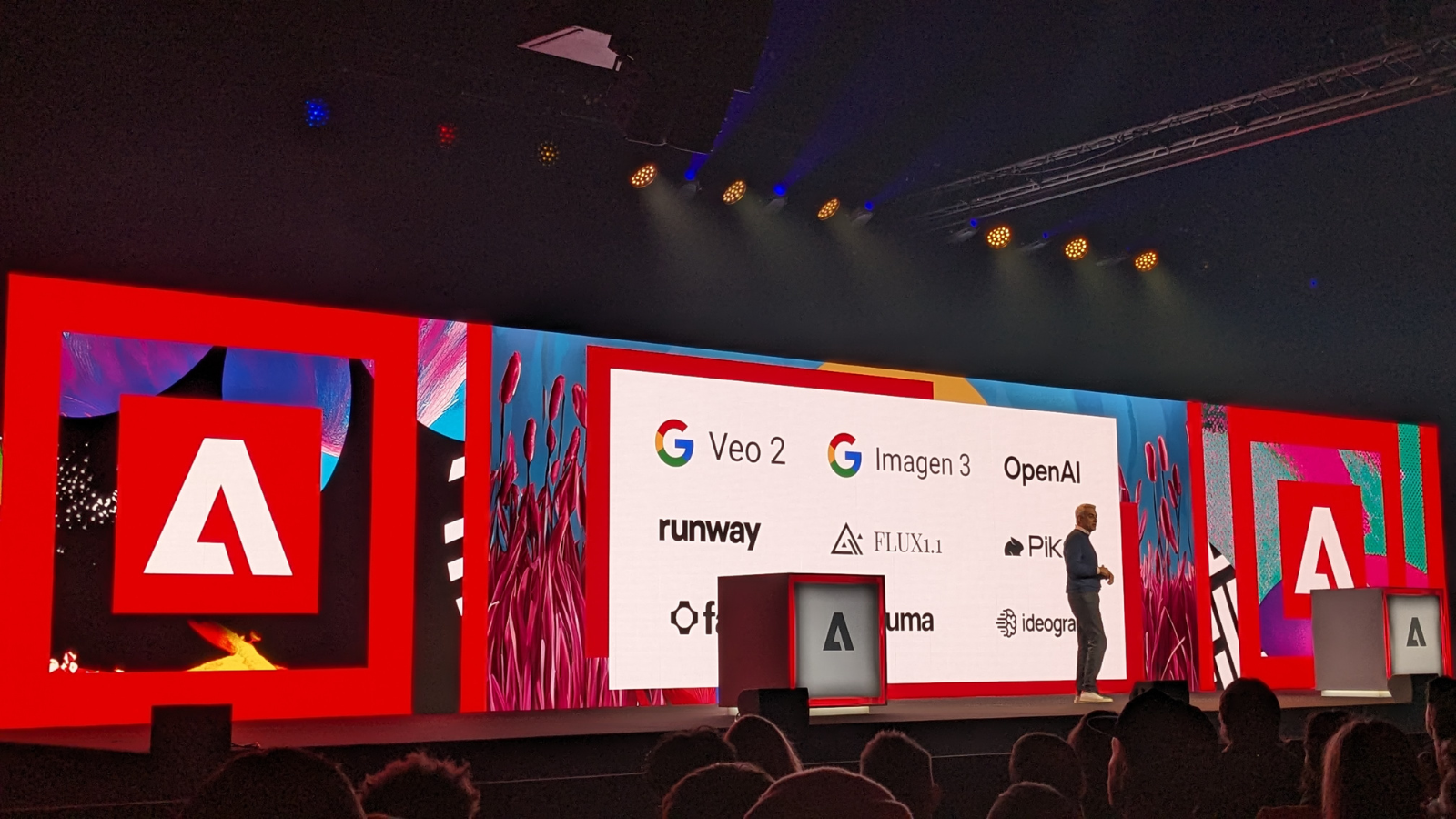
















![Apple Drops New Immersive Adventure Episode for Vision Pro: 'Hill Climb' [Video]](https://www.iclarified.com/images/news/97133/97133/97133-640.jpg)

![Most iPhones Sold in the U.S. Will Be Made in India by 2026 [Report]](https://www.iclarified.com/images/news/97130/97130/97130-640.jpg)









![This new Google TV streaming dongle looks just like a Chromecast [Gallery]](https://i0.wp.com/9to5google.com/wp-content/uploads/sites/4/2025/04/thomson-cast-150-google-tv-1.jpg?resize=1200%2C628&quality=82&strip=all&ssl=1)




































































































_Olekcii_Mach_Alamy.jpg?width=1280&auto=webp&quality=80&disable=upscale#)























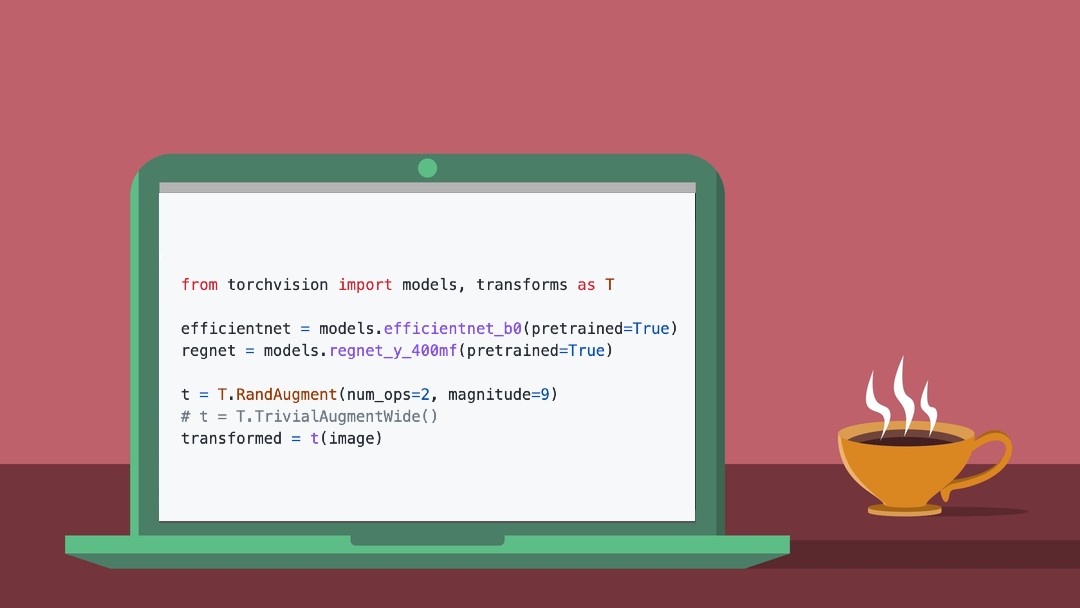
![How to Convert Text to Video with AI [Tutorial]](https://findnewai.com/wp-content/uploads/2023/07/how-to-convert-text-to-video-pictory-ai-tutorial.webp)

























































































![[The AI Show Episode 144]: ChatGPT’s New Memory, Shopify CEO’s Leaked “AI First” Memo, Google Cloud Next Releases, o3 and o4-mini Coming Soon & Llama 4’s Rocky Launch](https://www.marketingaiinstitute.com/hubfs/ep%20144%20cover.png)











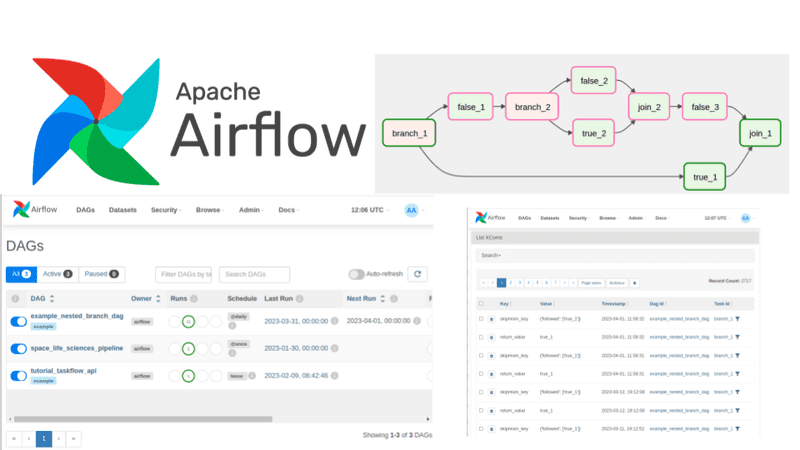



































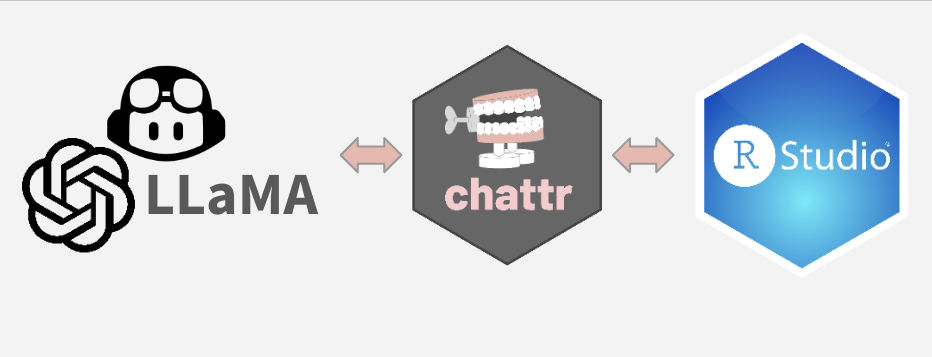



































































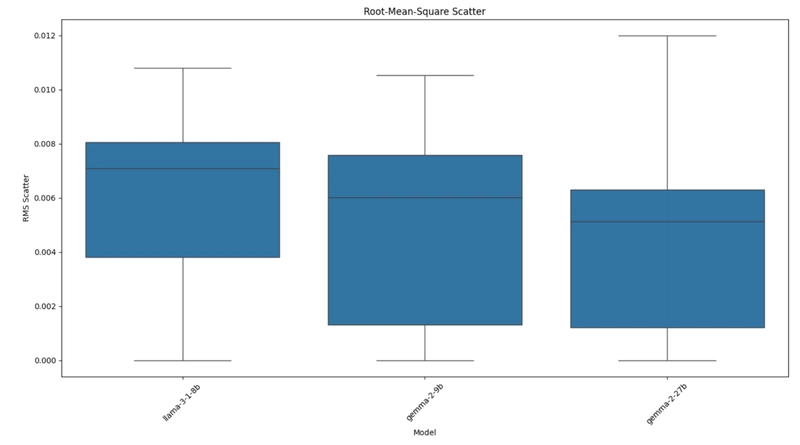
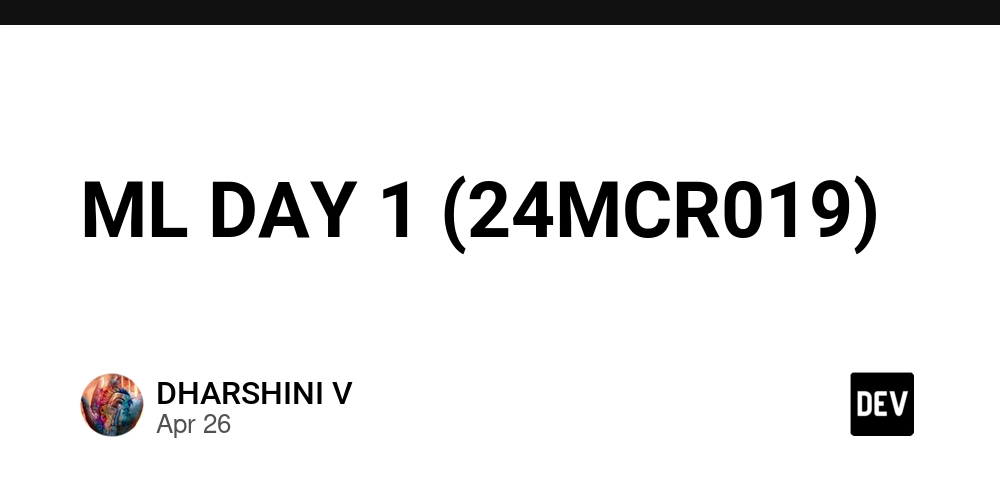
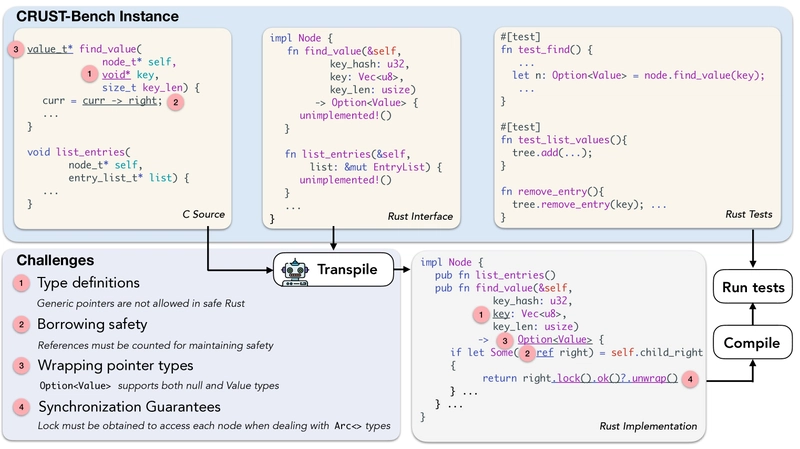













































![[FREE EBOOKS] AI and Business Rule Engines for Excel Power Users, Machine Learning Hero & Four More Best Selling Titles](https://www.javacodegeeks.com/wp-content/uploads/2012/12/jcg-logo.jpg)
























































































.jpg?width=1920&height=1920&fit=bounds&quality=70&format=jpg&auto=webp#)




